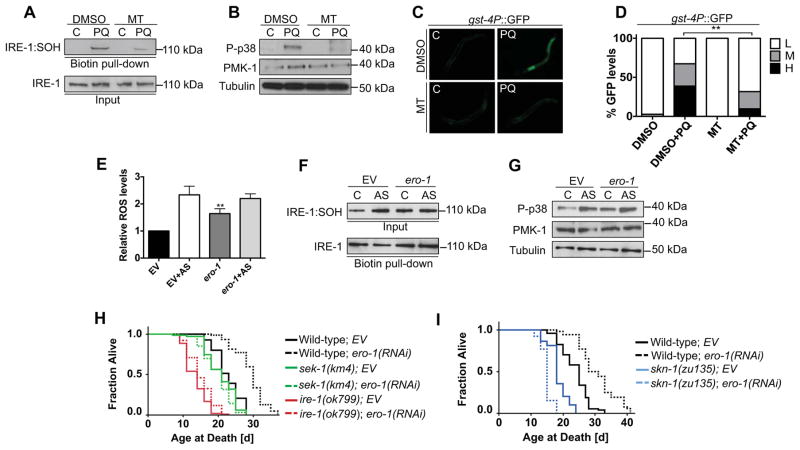Figure 4. ER-associated ROS activate the IRE-1/p38/SKN-1 pathway to increase lifespan.
(A) IRE-1 is sulfenylated in response to mitochondrial ROS production. IRE-1 sulfenylation (SOH) that is induced by PQ (30 min) was inhibited by pre-treatment of C. elegans with the mitochondrial ROS scavenger mito-tempo (MT) (1 hr). (B–D) Mitochondrial ROS activate the p38/SKN-1 response. Mito-tempo (MT) (1 hr) reduced the p38 response to PQ (30 min) (B) and diminished PQ-induced gst-4P::GFP expression (C), with GFP scoring shown in (D). GFP was quantified as high (H), medium (M) or low (L). (E–I) ero-1 RNAi induces ROS production (E), IRE-1:SOH (F), and p38 signaling (G) to extend lifespan (H, I). The MAPKK SEK-1 phosphorylates p38 in response to ROS and is required for p38 activity (Inoue et al., 2005). Lifespan extension from ero-1 RNAi depended upon ire-1- and sek-1 (H), and in a presumed null skn-1 mutant ero-1 RNAi shortened lifespan (I). Additional lifespan experiments and statistics are described in Table S2. p < 0.0001****; p < 0.05*. See also Figure S4 and Table S2.

